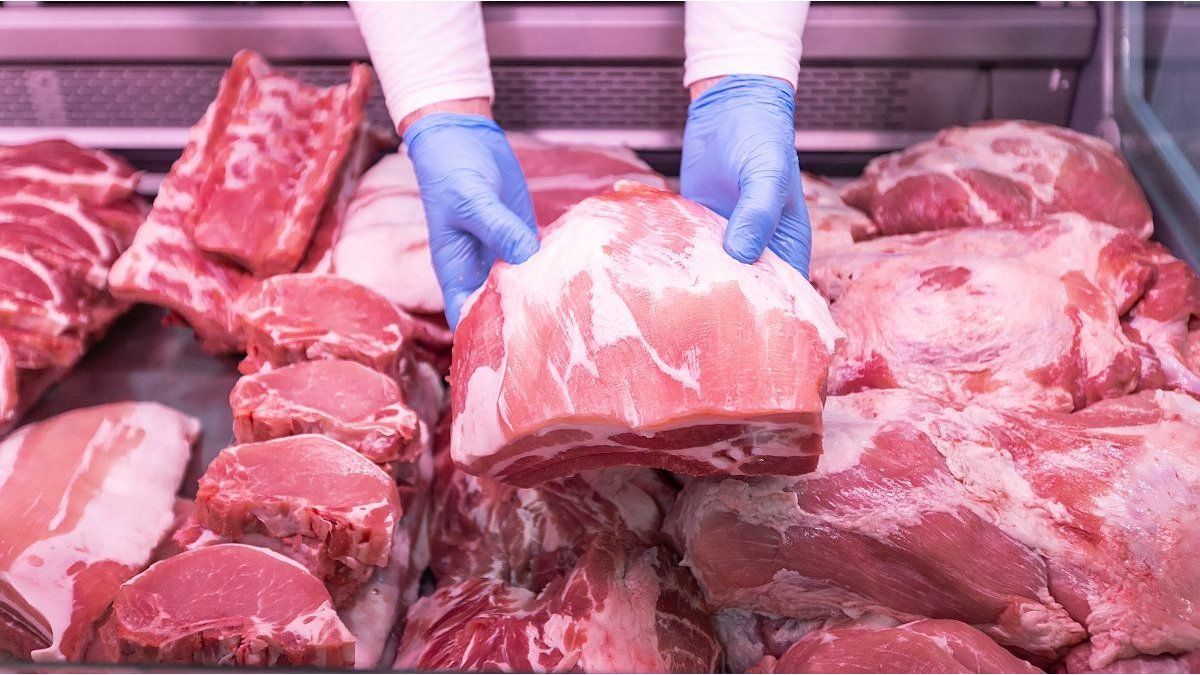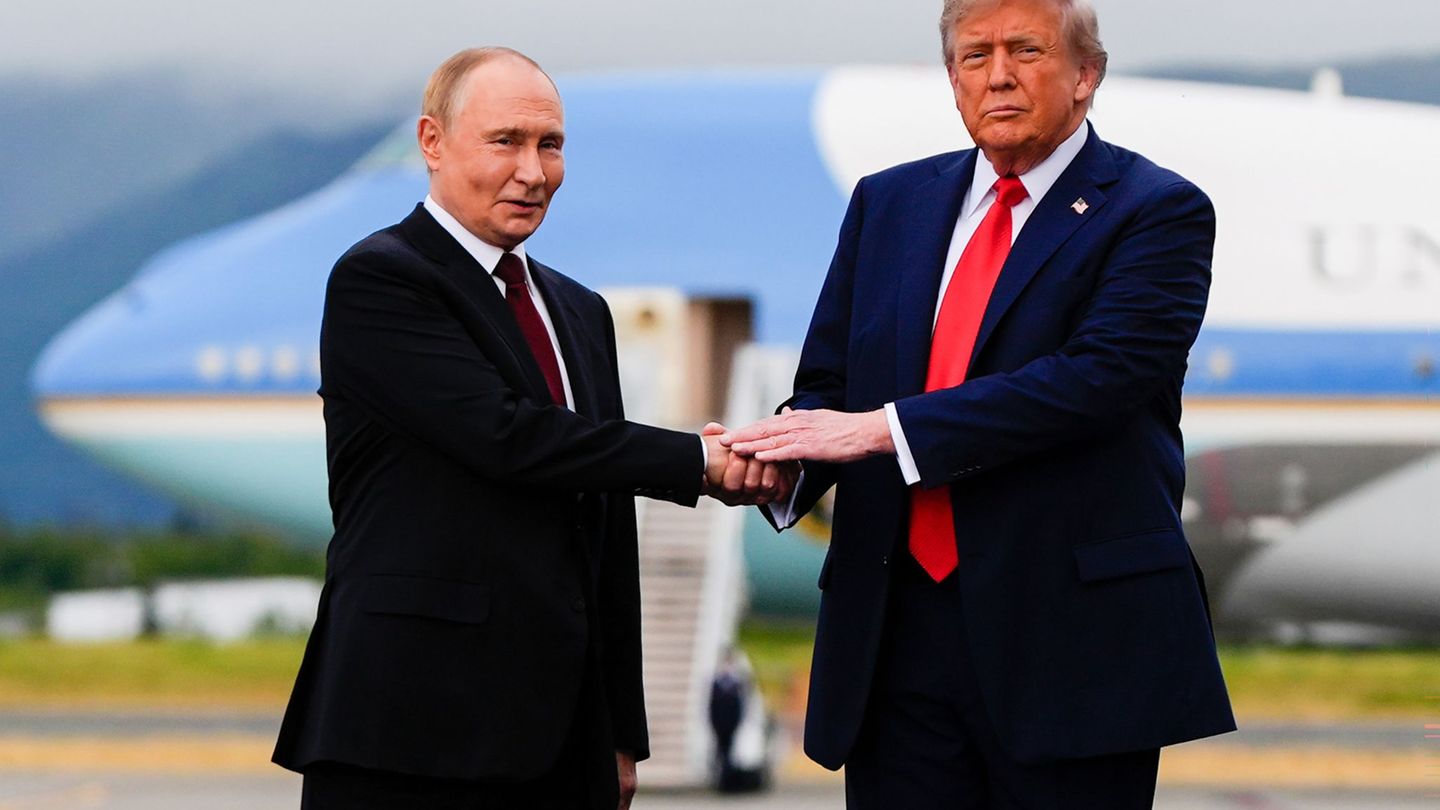The division with the greatest impact on the jump of the inflation December was the food. And, as reported by INDEC, Within this category, the increase in prices in “meats and derivatives”. Precisely, according to an IPCVA report, The prices of the different cuts of beef increased 40.9% in the last month of the year, to accumulate a year-on-year variation of 307.3%.
The strong increase in meat during December was explained, among other reasons, due to the jump in the price of the property during the first days of the month. Increases that, according to sector analysts, were excessive in a context of uncertainty due to the change of government.
However, These increases were not validated due to a demand that began to deflate, due to the loss of purchasing power of income.. And that is why in recent weeks the value of live cattle fell and that was reflected on the counters.
“The drop in demand in January is indicating the little purchasing power that consumers have, and this causes prices to begin to fall in the Cañuelas market, where last week there was a drop of 4 or 5%“, he explained to Ambit Miguel Schiariti, president of the Chamber of Meat Industry and Commerce (CICCRA), who in that scenario highlighted that “without a doubt, when the butcher lowers the value of the half beef, he transfers it to the public because they are not selling much either and they need sell”.
In that sense, the livestock consultant Victor Tonelli explained that “The farm price is a direct reference to the price of meat at the counter”. “The average correlation in all cuts is around 4 to 1: that is, the price of meat ends up averaging four times the price of live cattle,” he graphed.
And he detailed: “When you move the farm up, you move the meat. The same thing happens when the property goes down the way it went down after that brutal rise at the beginning of December, which had no logical explanation beyond the fact that everyone was waiting for the change of government. Once it was seen that this crazy increase, which was almost 70% in three weeks, was not going to be validated by the counter and that it also had no rational explanation, it went down. And now it remains.”
In this way, the analyst maintained, “While cattle are currently around $1,400/$1,500 per live kilo, meat will be between $5,500 and $6,000.”
Meat: what can happen to the price going forward
Meat Inflation Supermarkets Consumption
Meat would remain stable until March, when it could increase due to lower supply
Mariano Fuchila
Meanwhile, when projecting what may happen with the price of meat in the coming weeks, Schiariti maintained that “Surely until February prices will remain more or less stable”. “And I think that the change in prices will be from mid-March, as a result of the drought we are going to have between 1.3 and 1.5 million fewer calves. This is a significant drop in production. And, on the other hand, we are going to have a lack of heifers in the consumer market, because the producer is going to keep the heifers to replace the cow that he had to sell in the last five months of last year, as a result of the drought. ”, stressed the president of CICCRA.
In that sense, A drop in meat production is estimated between 8 and 10% for this year. A reality that, they say, ““should generate an increase in meat prices in the market”. “But as the Demand is so depressed, and there is no increase in income for the majority of the population in sight, it is very possible that prices will remain the same until March.. And after March, if inflation begins to subside, we will see what happens with the macroeconomy and with income,” said Schiariti.
While domestic demand may not validate strong jumps, “probably exports, now without restrictions, have purchasing power that sustains some increase“, explained Tonelli, although he clarified: “I don’t think the price will skyrocket as it happened the days before and after Milei’s inauguration.”
The thing is that, as the analyst stated, that of meat is a “market that is being regulated”: “There are around 220,000 producers, 400 slaughterhouses and 8,000 slaughterers: it is difficult for them to reach an agreement, to influence the market arbitrarily.. It’s supply and demand. It is reality and it is what happened with meat: a clear example that when prices skyrocket and the consumer says ‘this is it, I can’t buy more’, then they tend to go down. Of the 70% that the treasury rose in December, it fell 40%. And in the 15 days of January it remained practically stable.”
Source: Ambito




